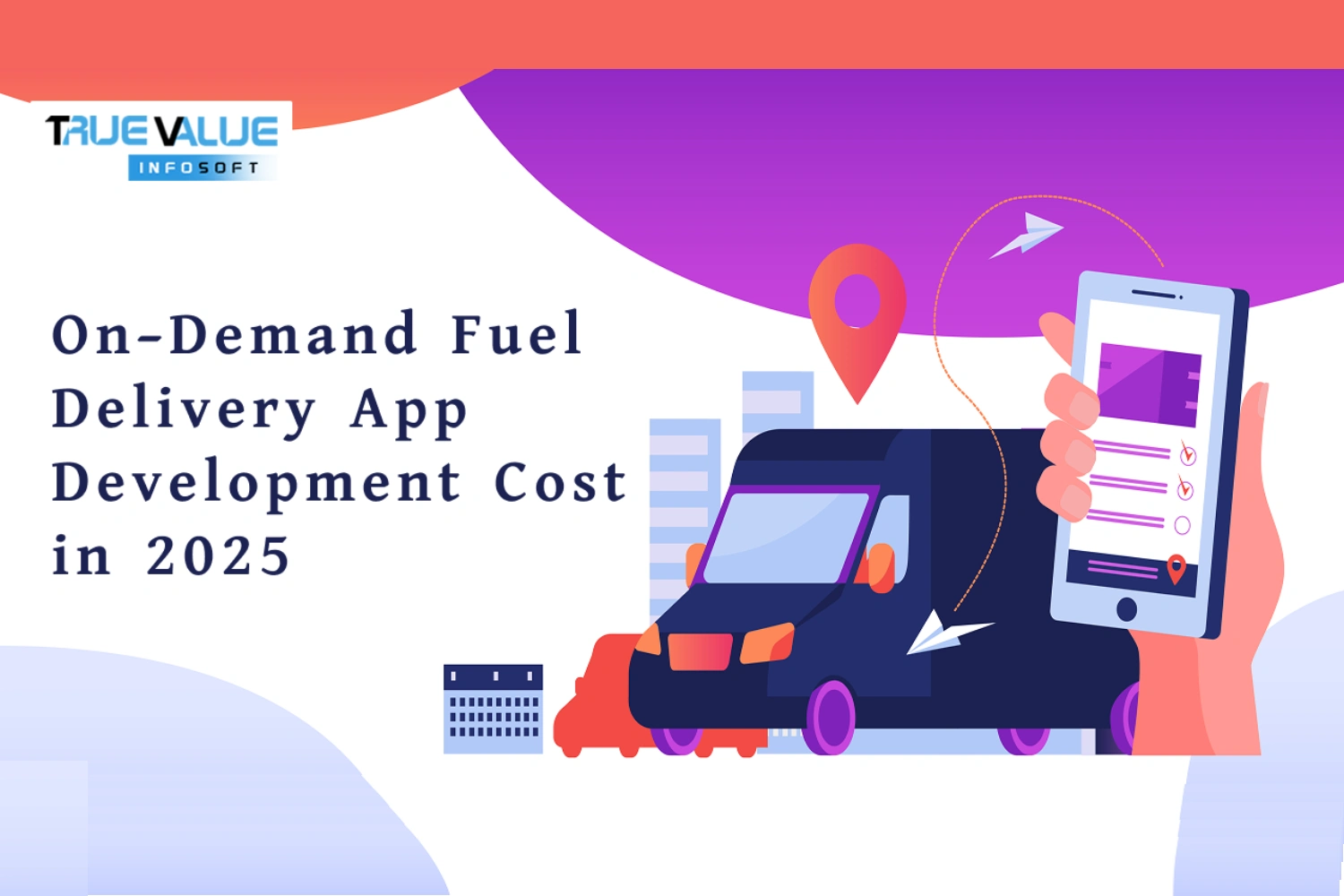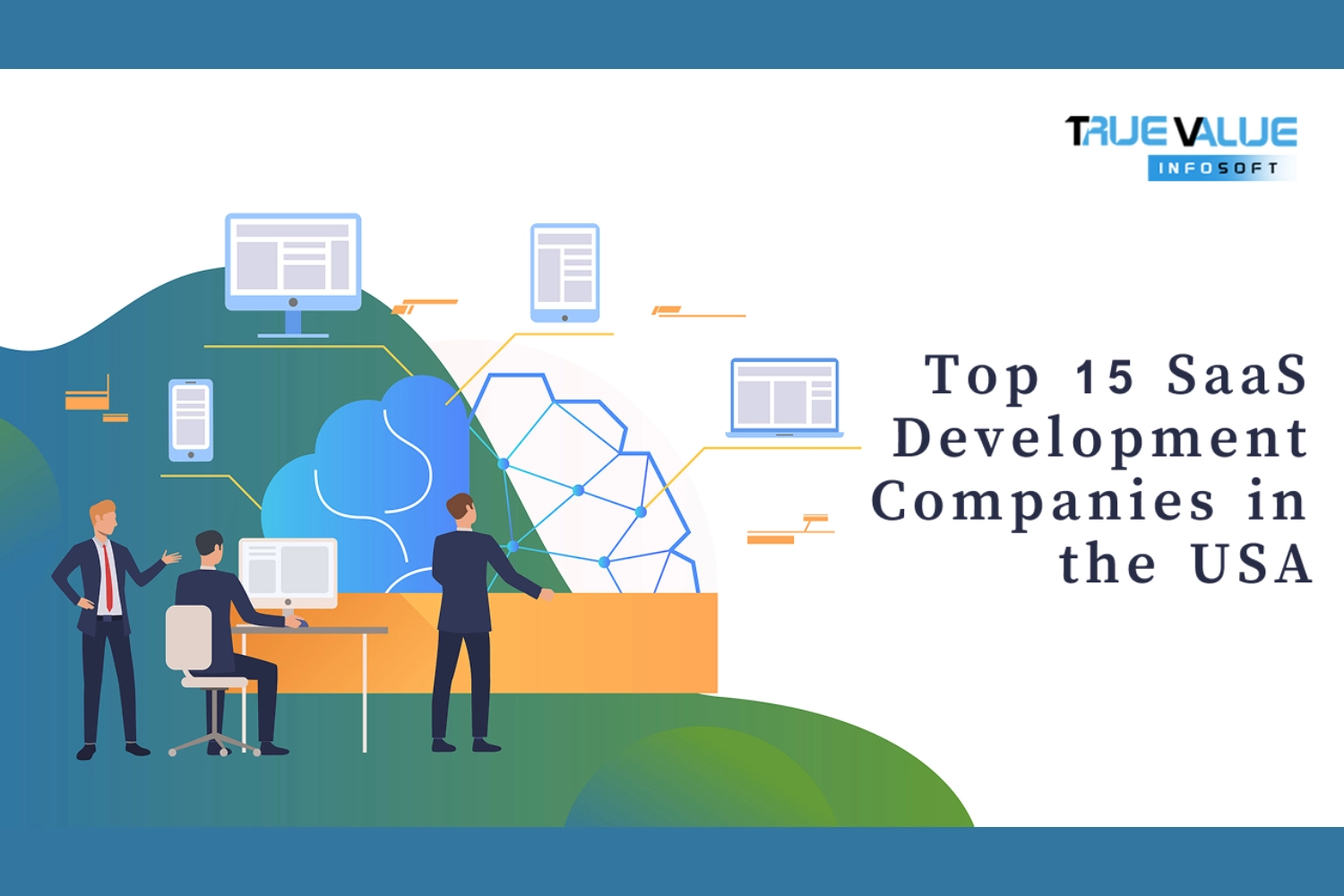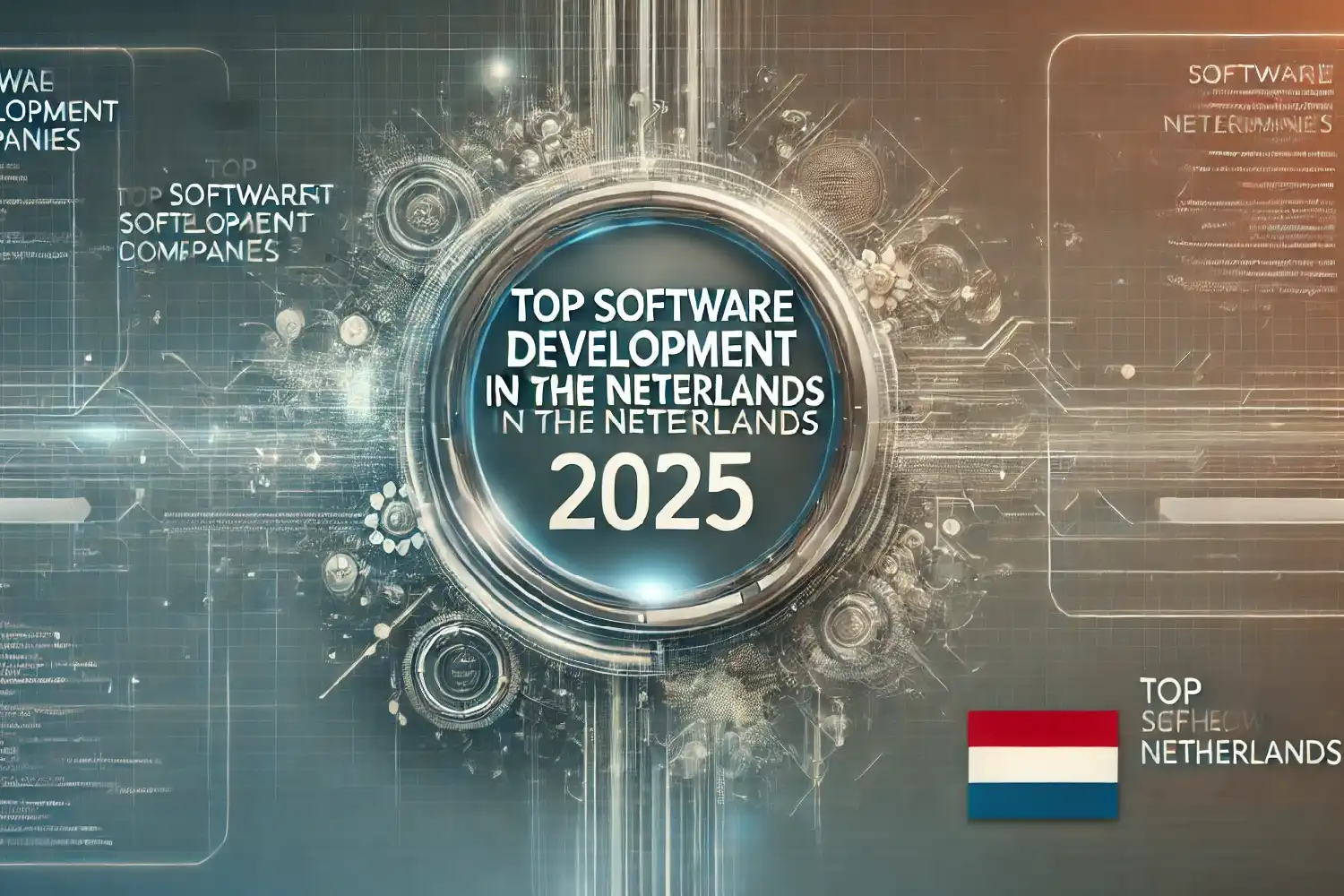Introduction
Have you ever imagined a world where refueling your vehicle is as easy as ordering food online? In 2025, on-demand fuel delivery apps are revolutionizing the way people refuel their vehicles, eliminating the need for gas station visits. With the growing demand for convenience and efficiency, businesses are increasingly investing in fuel delivery solutions to cater to urban commuters, logistics companies, and corporate fleets.
True Value Infosoft, the mobile app development company in India, specializes in developing cutting-edge mobile applications, including on-demand fuel delivery apps. With years of expertise, state-of-the-art technology, and a customer-centric approach, True Value Infosoft ensures seamless app development tailored to your business needs.
This comprehensive guide will delve into the various aspects of on-demand fuel delivery app development, including key features, development costs, influencing factors, and essential technologies. Whether you are a startup looking to enter the fuel delivery market or an established business aiming to digitize operations, understanding the cost and process involved will help you make informed decisions.
Market Overview of On-Demand Fuel Delivery
On-demand fuel delivery services are revolutionizing the fuel industry, reducing the need for gas stations and offering hassle-free refueling solutions. With an increasing number of urban commuters and businesses looking for flexible refueling options, the market potential is vast. Companies such as Filld, Booster Fuels, and Yoshi have already made significant strides in this sector.
Key Features of an On-Demand Fuel Delivery App
The cost of developing an on-demand fuel delivery app depends largely on the features included. Here are the essential components:
1. User Panel Features:
- User Registration/Login – Secure sign-up and login using email, phone number, or social media.
- Fuel Ordering – Users can select the type of fuel, quantity, and delivery location.
- Real-Time Tracking – GPS tracking for users to monitor fuel delivery in real-time.
- Payment Integration – Multiple payment options, including credit/debit cards, digital wallets, and UPI.
- Order History – Users can track past orders and re-order conveniently.
- Ratings & Reviews – Allows users to provide feedback on services.
- Push Notifications – Alerts for order status, offers, and promotions.
2. Driver Panel Features:
- Driver Authentication – Secure login and verification of delivery personnel.
- Order Management – View assigned orders and delivery details.
- Navigation & Route Optimization – GPS guidance for efficient fuel delivery.
- Earnings & Reports – A dashboard to track earnings and performance.
- Status Updates – Update delivery status (on the way, delivered, etc.).
3. Admin Panel Features:
- User & Driver Management – Managing customer and driver accounts.
- Order Management – Overseeing fuel orders and ensuring smooth deliveries.
- Analytics & Reports – Insights into sales, revenue, and operational efficiency.
- Pricing & Promotions – Managing discounts, offers, and fuel prices dynamically.
- Fleet Management – Tracking delivery vehicles and ensuring compliance.
- Complaint Management – Handling customer complaints and disputes.
Cost Factors for On-Demand Fuel Delivery App Development
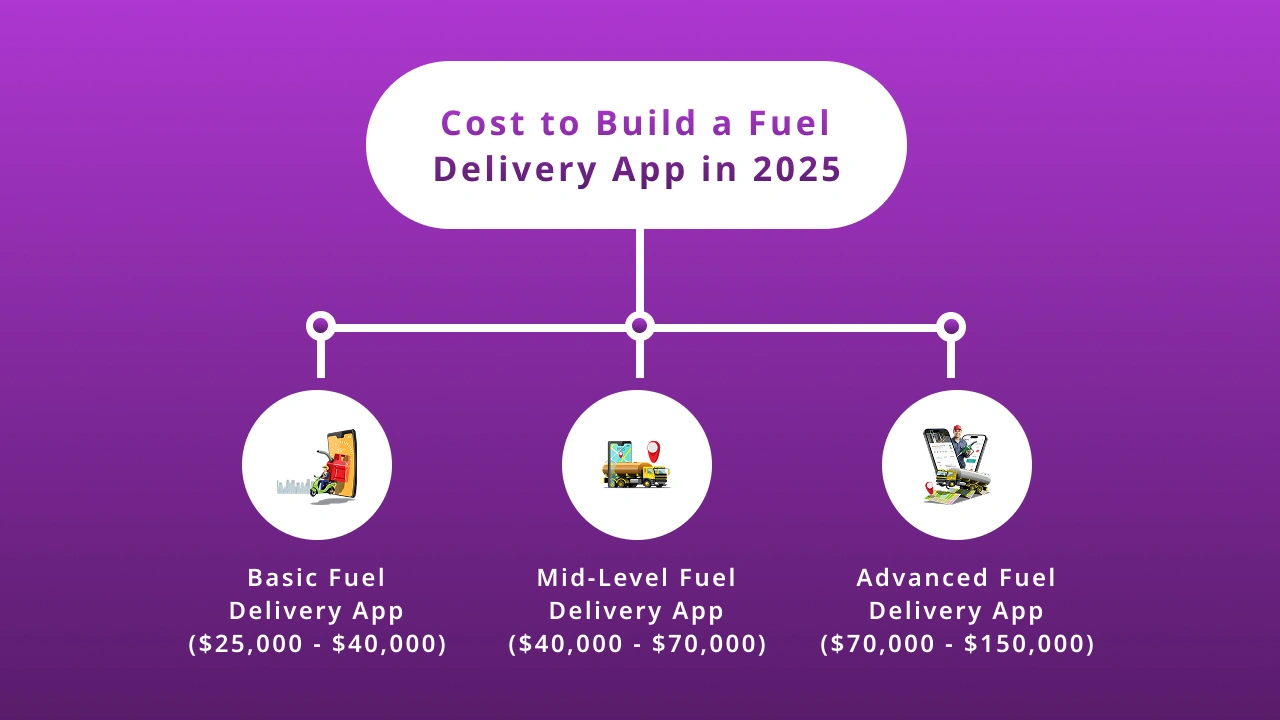
The cost of developing an on-demand fuel delivery app in 2025 depends on several factors. Here’s a breakdown:
1. App Complexity & Features
- Basic App ($20,000 - $40,000): Simple UI with limited functionalities like ordering, payments, and tracking.
- Moderate App ($40,000 - $80,000): Includes advanced features such as AI-powered recommendations, route optimization, and analytics.
- Advanced App ($80,000 - $150,000+): Features like IoT-based fuel monitoring, blockchain payment security, and AR navigation.
2. Platform Choice
- iOS or Android Development: Developing for a single platform costs less than developing for both.
- Cross-Platform Development: Using frameworks like Flutter or React Native can reduce costs.
3. UI/UX Design
A well-designed app enhances user experience, impacting development costs ($5,000 - $15,000) depending on complexity.
4. Backend Development
A robust backend ensures smooth operations, handling user requests and driver assignments efficiently ($10,000 - $30,000).
5. Third-Party API Integrations
- Payment Gateways: Stripe, PayPal, Razorpay.
- GPS & Mapping: Google Maps API.
- Cloud Storage: AWS, Google Cloud, Azure.
Integration costs vary between $5,000 - $20,000.
6. Security & Compliance
Since fuel delivery involves hazardous materials, security measures and regulatory compliance (such as DOT, EPA) are necessary, increasing development costs ($10,000 - $25,000).
7. Testing & Quality Assurance
Comprehensive testing ensures a bug-free experience. It may cost $5,000 - $15,000, depending on the app’s complexity.
8. Maintenance & Updates
Post-launch support, bug fixes, and updates are crucial. This may cost 15-20% of the total development budget annually.
Development Team Structure & Cost Estimates
The cost of an on-demand fuel delivery app depends on the development team involved:
- Project Manager – $5,000 - $15,000
- UI/UX Designers – $10,000 - $20,000
- Frontend & Backend Developers – $30,000 - $80,000
- QA Testers – $5,000 - $15,000
- Marketing & Deployment – $10,000 - $30,000
Technology Stack for On-Demand Fuel Delivery App
- Frontend: React Native, Flutter, Swift (iOS), Kotlin (Android)
- Backend: Node.js, Django, Laravel
- Database: PostgreSQL, MongoDB, Firebase
- Cloud Services: AWS, Google Cloud, Azure
- Payment Gateways: Stripe, PayPal, Razorpay
- Push Notifications: Firebase, Twilio
How to Reduce Development Costs?
- Choose MVP Development – Start with basic features and scale later.
- Use Cross-Platform Development – Save time and money.
- Outsource Development – Hiring offshore teams can reduce costs.
- Use Pre-Built APIs – Avoid building everything from scratch.
Why True Value Infosoft is Best for On-Demand Fuel Delivery App Development
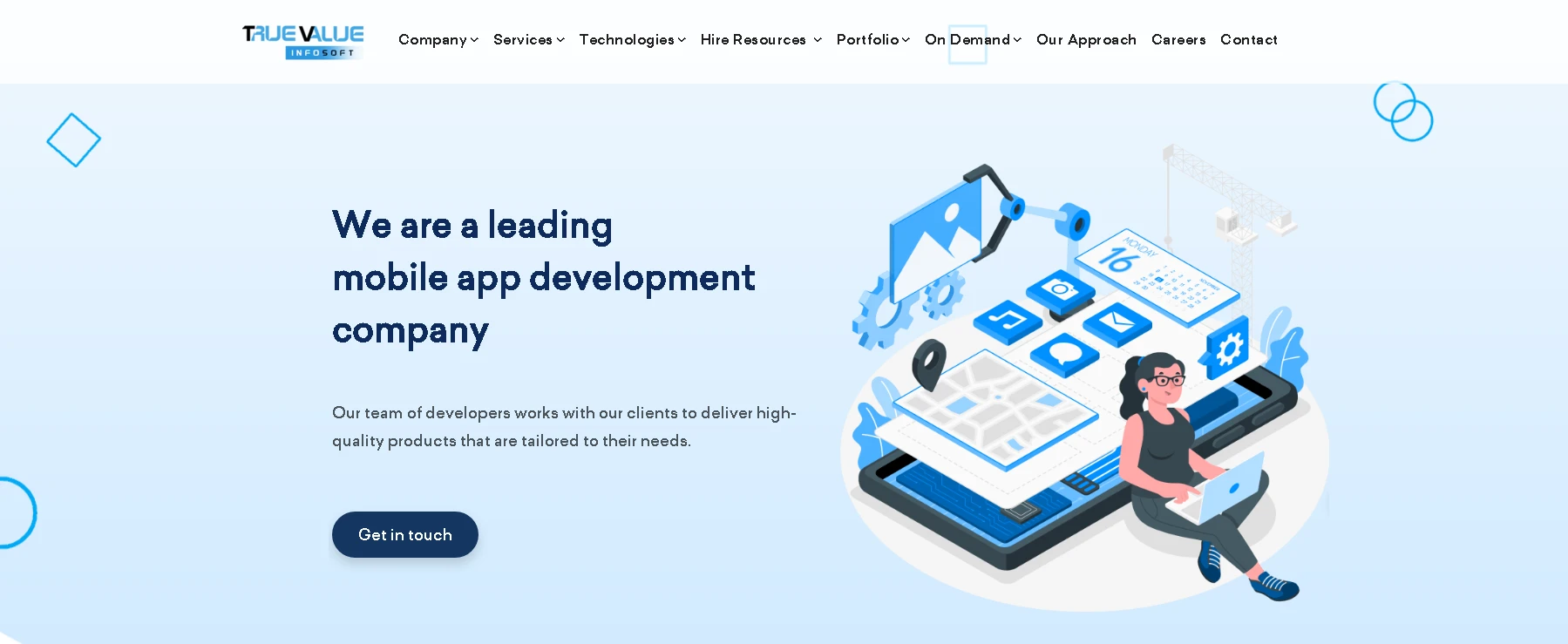
True Value Infosoft has established itself as a leader in mobile app development. Here’s why we are the best choice:
- Expertise in Fuel Delivery Solutions – We have experience in developing fuel delivery applications with advanced features.
- Cutting-Edge Technology Stack – We use the latest tools and frameworks.
- Customizable Solutions – We offer tailor-made solutions based on client needs.
- Cost-Effective Development – High-quality solutions at competitive prices.
- 24/7 Support & Maintenance – Continuous support for a seamless experience.
Conclusion
Developing an on-demand fuel delivery app in 2025 is a lucrative opportunity, but costs vary based on features, platform, security, and third-party integrations. On average, a fully functional app can cost anywhere between $50,000 - $150,000. By strategically planning features, leveraging cross-platform tools, and outsourcing development, businesses can optimize costs while ensuring a seamless user experience.
For those looking to enter this industry, partnering with an experienced app development company can make the process smoother and more efficient. The future of fuel delivery is digital, and now is the right time to invest in this transformative technology.
FAQs
The cost of developing a fuel delivery app in 2025 ranges from $30,000 to $150,000, depending on features, platform, and development team location.
Essential features include real-time tracking, secure payment integration, fuel price comparison, scheduling, driver management, and an admin panel.
The development time varies but typically takes 3 to 6 months for an MVP and 6 to 12 months for a full-featured app.
Major cost factors include app complexity, UI/UX design, platform choice (iOS, Android, or both), third-party integrations, and backend infrastructure.
Yes, with increasing demand for convenience and contactless services, fuel delivery apps offer great potential through subscriptions, surge pricing, and partnerships.
